Costume designers use mood boards for information and inspiration, to help capture the “mood” of a scene and ensure its historical accuracy.
Visit DACO beginning May 5 to see how mood boards help inform the costume design process with a new pop-up exhibition in our Lower Gallery featuring costumes and mood boards from the Elton John biopic, Rocketman.

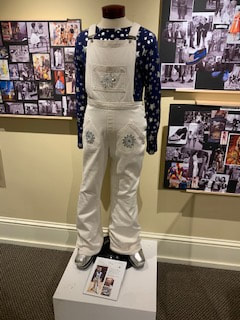
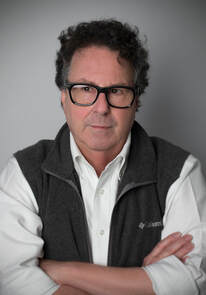
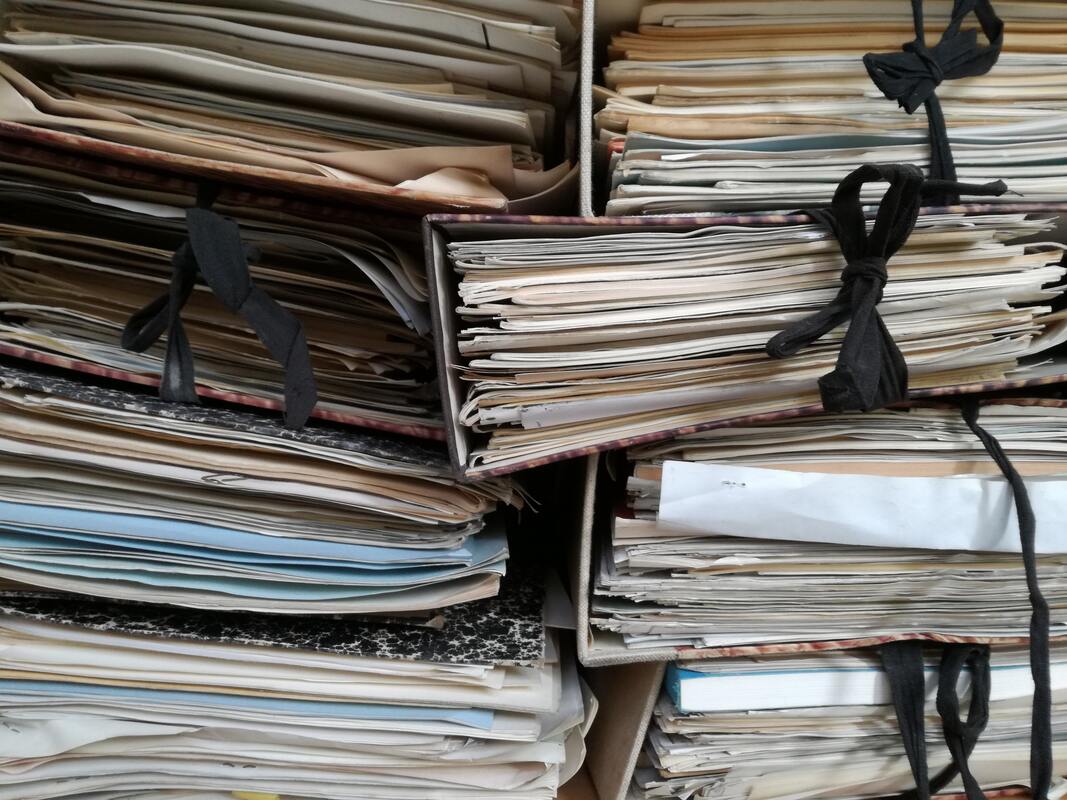
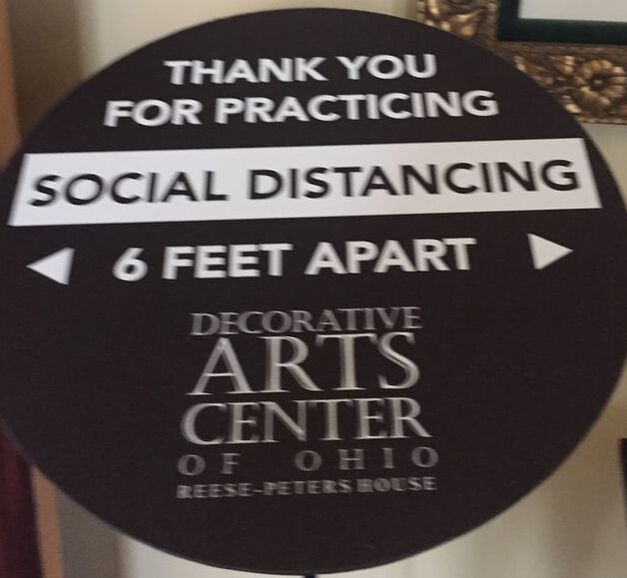
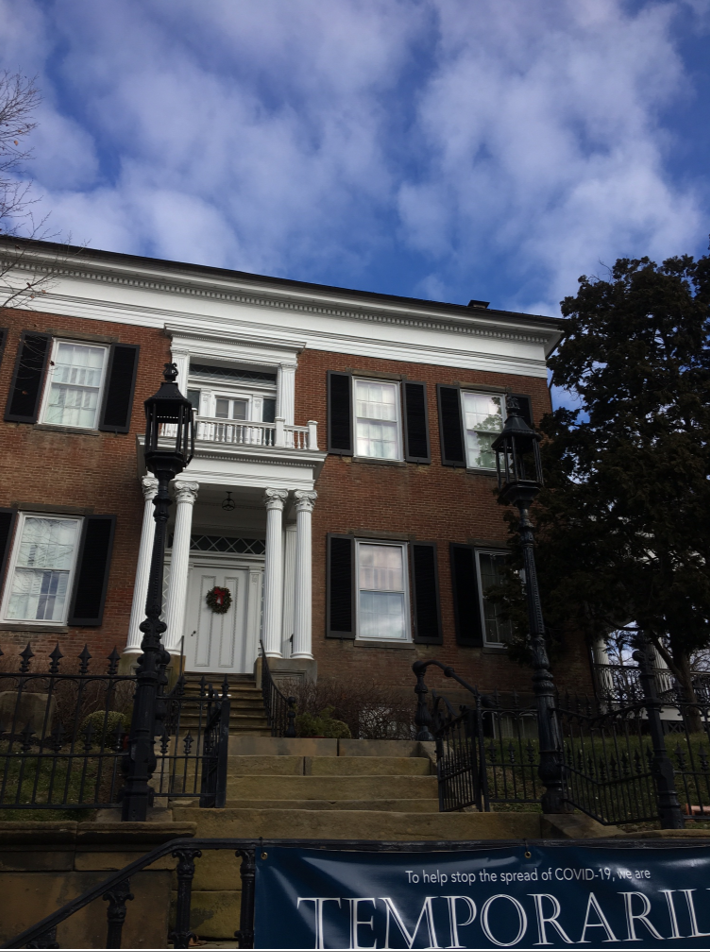
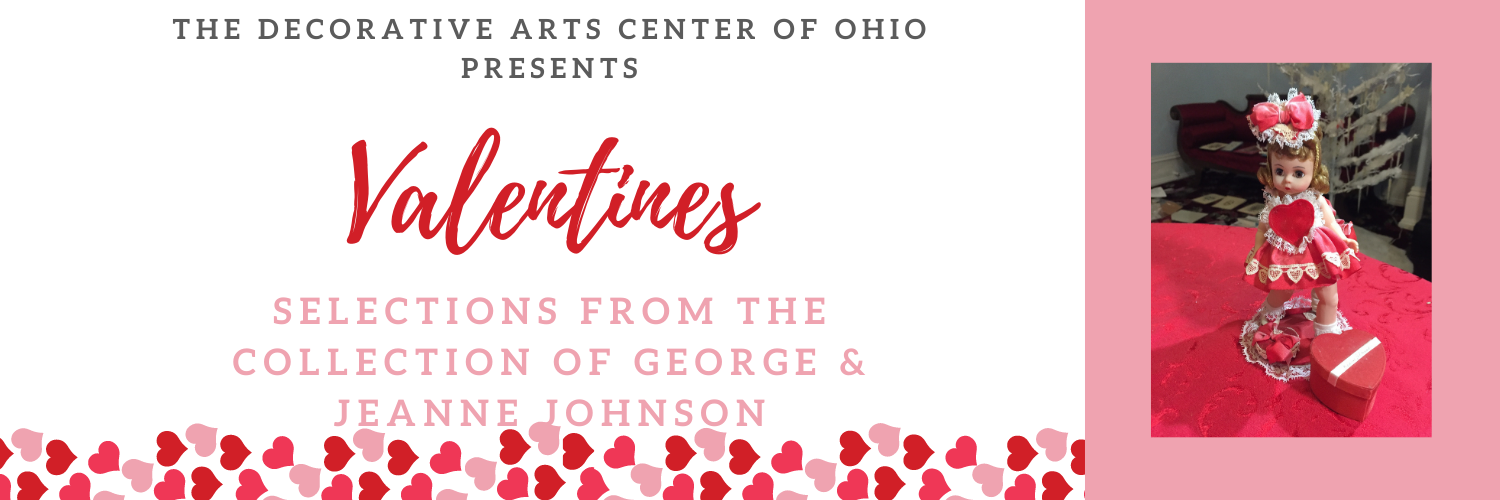


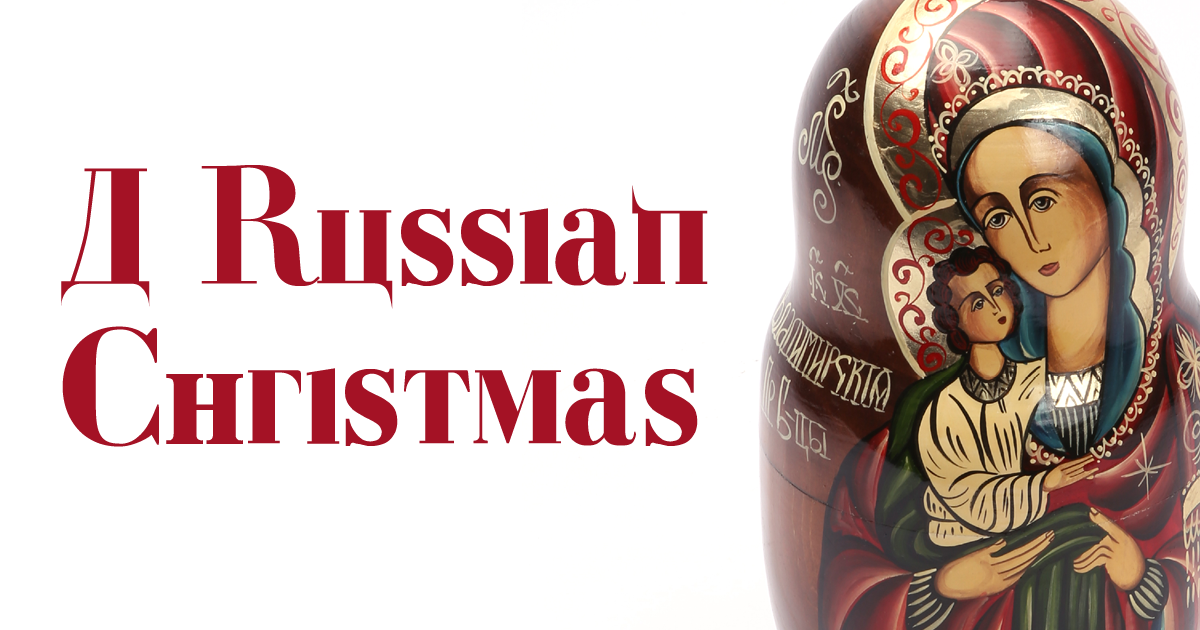
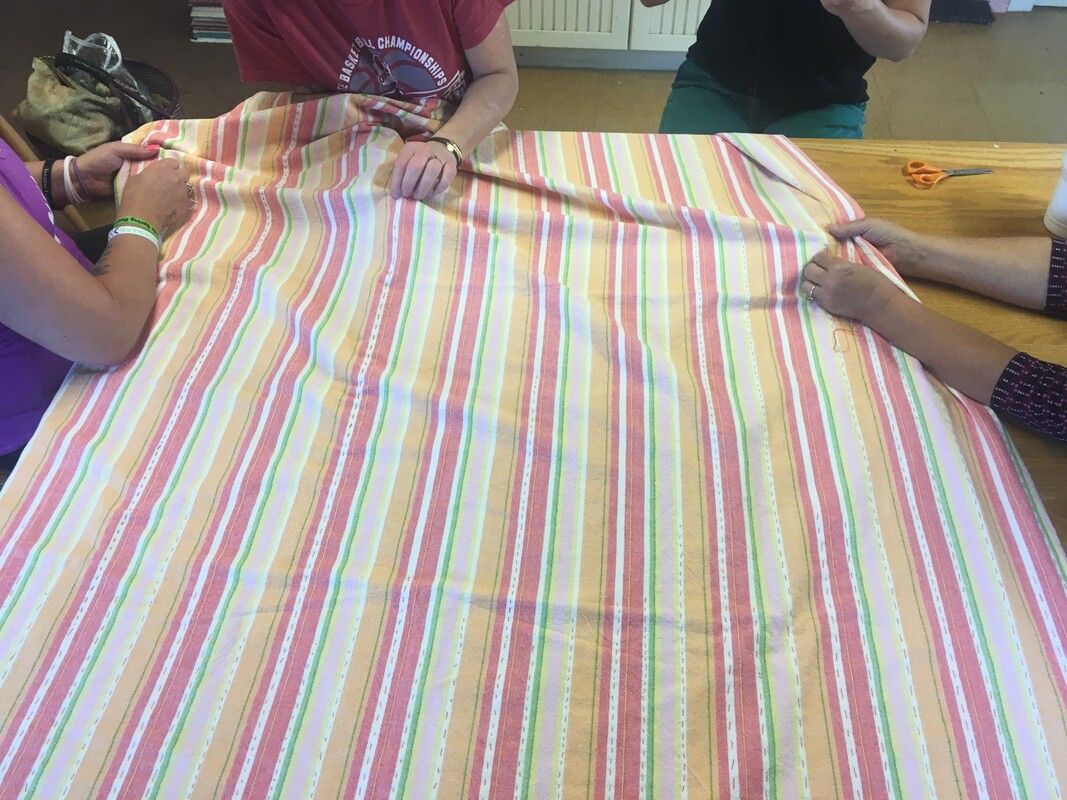
 RSS Feed
RSS Feed